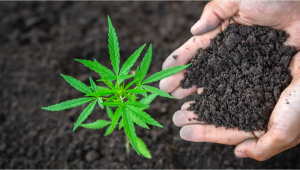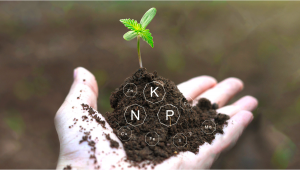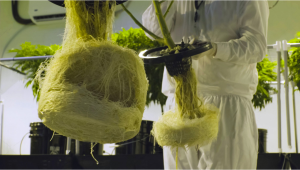Can you grow autoflowers organically?
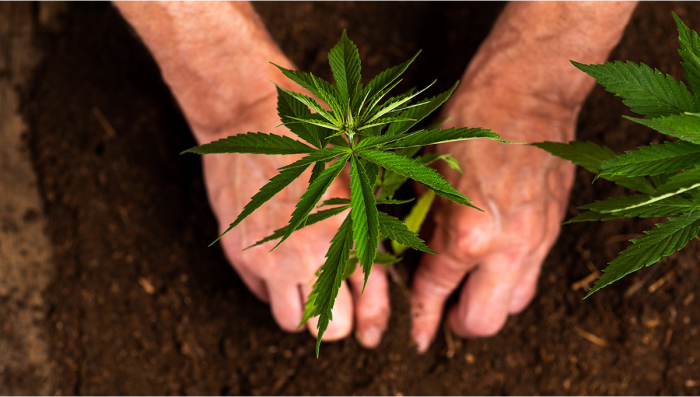
- 1. Why grow autoflowers organically?
- 2. What exactly is organic cultivation?
- 3. Basic organic soil recipe
- 4. Hydroponic cannabis cultivation
- 5. In conclusion
Cannabis is an amazing plant that grows just about anywhere. It’s called ‘weed’ for a reason. Yet, there are so many misconceptions when it comes to growing autoflowers that it’s mind-boggling. For instance, many growers think that they won’t get to taste dank buds if they don’t use the most hyped fertilizer in town. Fertilizers are expensive and filled with chemicals, but most don’t even think about that.
If you’re looking to grow cannabis in the most natural way possible, we are glad to explain everything necessary. Yes, you can grow even autoflowers organically. And, the best part is that once you do, you’ll never go back to using store-bought fertilizers ever again. Also, organic cannabis definitely smells and tastes different than marijuana grown using inorganic ones. Most importantly, you’ll never have to worry about chemicals and lose your mind.
1. Why grow autoflowers organically?
Photoperiod plants have a lot of time to grow and produce flowers. Even if you mess up in the growing stage, you can wait for the plant to correct its course. However, with autoflowers that’s not possible because it grows according to a certain age. So, how is it even possible to grow autoflowers organically?
Actually, you can. And, you should. Not only do the buds taste amazing, but you’ll also notice that they aren’t harsh on your lungs. Of course, this doesn’t mean that you can get away without curing organic cannabis because you should. However, you don’t have to flush the plants in the ending stage and the buds will still taste fabulous.
Also, if you think that growing organically isn’t going to work as well as using commercial fertilizers, you’re completely wrong. Cannabis is just like any other plant, so why wouldn’t it grow like other agricultural crops grown organically? What’s the difference? Nothing. You may see a difference of a week here and there but growing organically will also produce great results.
Organic cannabis smells different due to the terpenes it contains. Terpenes are the essential oils of the plant. And, that’s why strains like, say, Green Crack, smell like mangoes. It’s because of the terpene Myrcene that’s also present in mangoes. Some strains smell like apples while others taste like pineapples. It’s all in the terpenes, and when you grow organically, the terpenes are out in full force.
Organic cannabis is colorful, moist, and fantastically dank. Cannabis grown hydroponically or grown using inorganic methods also produce good stuff, but the buds become dry in just a while. However, organic cannabis maintains its brilliance for a long time.
2. What exactly is organic cultivation?
So, this is a very important question. Basically, fertilizers or plant food that isn’t processed in a lab can be considered organic. For instance, you can make your own compost using brown and green leaf matter. Most farmers produce their own compost. It’s a wonderful way of turning waste into plant food.
Similarly, you can also grow cannabis using the compost you make at home. Want to know the best part? You don’t have to feed the plants every week like you would when using commercial nutrients. Once you plant the seeds, you can forget about them until they are ready for harvest. Of course, you’ll have to water them frequently, but you don’t have to follow a timetable that’s critical to be maintained when growing inorganically.
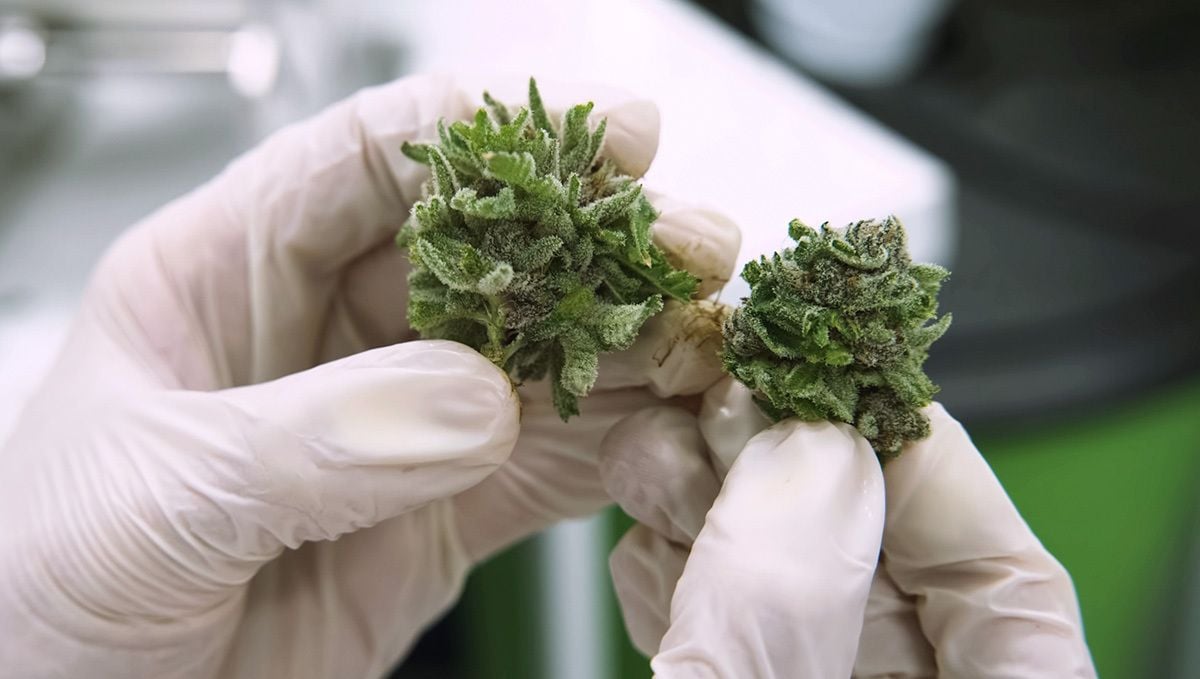
To grow organic cannabis, you can include things like bat guano, cow manure, sheep manure and even horse manure. Ensure that the manure is cured because you CANNOT grow plants with fresh dung. You can also use liquid fish extracts, seaweed, and even fermented flowers to help the plants grow well. Seriously, there are many things you can do. There’s no limit, as long as it’s organically derived.
3. Basic organic soil recipe
If you’re a beginner, you’ll be better off purchasing pre-made soil from the nursery. As long as it’s organic, it doesn’t matter what you choose. However, if you know the ins and outs of growing cannabis, you can try formulating a basic recipe on your own. Most organic growers prefer super soil, but you can replace some of the ingredients if they aren’t available.
For that, we will start with a simple super soil recipe: Super soil is nothing but a mix of ingredients that are rich in NPK – Nitrogen, Phosphorous, and Potassium. All commercial fertilizers are made using a bit of these nutrients that are essential for plant growth. Soil contains most of the nutrients necessary for plants, but they will grow better if you carefully choose what you feed them. You will need:
- Brown leaves or dry items like twigs and straws provide carbon.
- Coco peat or fiber to create an aerating medium.
- Items rich in nitrogen like used coffee grounds, blood meal, horse manure, rabbit manure, seaweed, fish bone powder, etc.
- Fungi like mycorrhiza encourage the roots to spread further.
- Rock phosphate or bone meal for phosphorous.
- Egg shells for calcium.
- Banana peel powder for potassium.
- Epsom salts for trace elements like magnesium and sulfur.
- A cup of dolomite lime to manage pH
- Molasses
There are various ways to make compost. No matter what way you choose, remember that the brown: green ratio must be 2:1. Add the remaining ingredients in small quantities. For example, if you’re using a bag of dry leaves for the brown matter, use a cup of blood meal. Do not use anything in large quantities except the dry items because it will make the soil too hot for the plants.
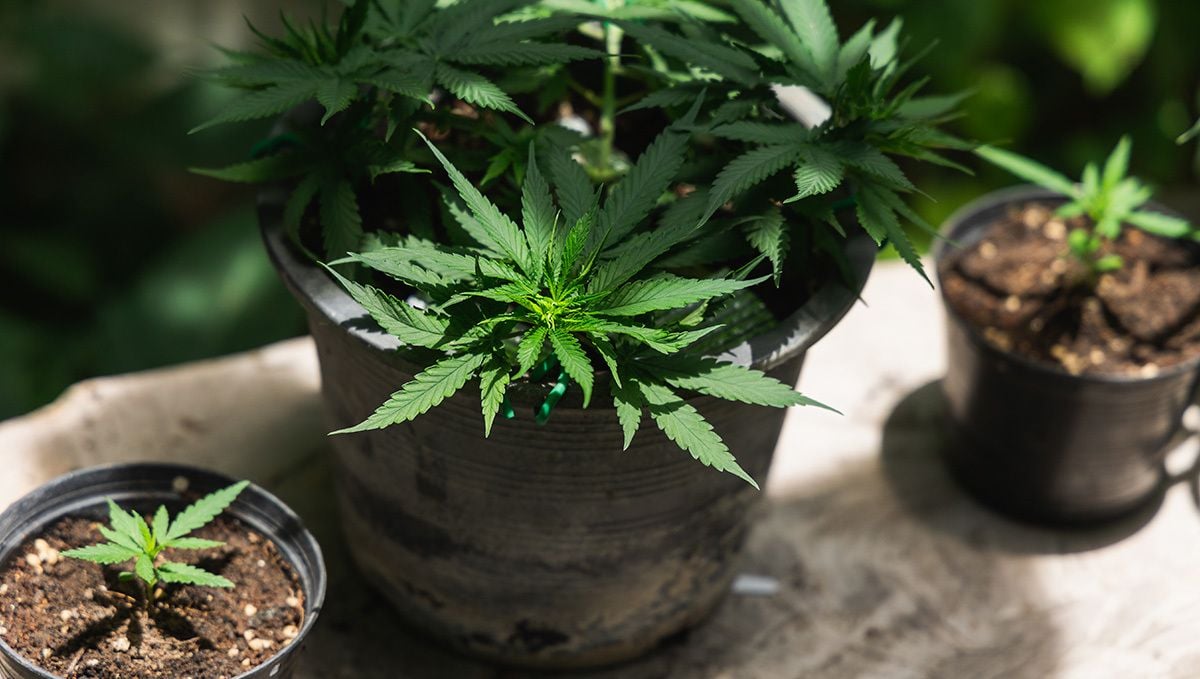
We already have a post on super soil that you can refer to but since we are here let’s have a quick look at a basic super soil recipe that will all but guarantee beautiful organic buds ready to harvest after just 9 to 10 weeks. But first, a quick history lesson…
“Super soil” is a relatively new term. Cannabis cultivator extraordinaire Subcool first released his recipe to the wider growing community back in 2009, when he dropped an article in the High Times magazine, which at the time was the premier cannabis culture mag. SubCool had been growing weed for over a decade at this point, and had experimented with multiple growing methods but had always found the final product of organic growing methods to be a step above in terms of quality and flavor.
This recipe removes the need for any additives or alterations throughout the entire lifecycle and makes the job of growing weed way easier. Subcool's recipe is as follows:
- 8 large bags of premium organic potting soil that includes coco-coir fiber and mycorrhizae (this acts as the base for the super soil)
- 35 pounds ( of worm castings
- 5 pounds each of bone meal, blood meal, bat guano
- 3 pounds of rock phosphate
- 0,75 cup Epson salts
- 0.5 cup sweet lime (dolomite)
- 0.5 cup azomite (trace elements)
- 2 tbsp powdered humic acid
Once the super soil is all mixed up, it must be left to “cook” in the sun for at least a month so all the organic goodies can do their thing and get this soil mix ready to produce top-quality buds. And, once you make your own super soil, you can mix it with regular garden soil to prepare your own potting mix. Remember that it takes a while to make compost. While some processes take 3 months, you might have to wait for even 5 months to ensure that all the ingredients are composted. You can also use composting powder available online to fasten the process.
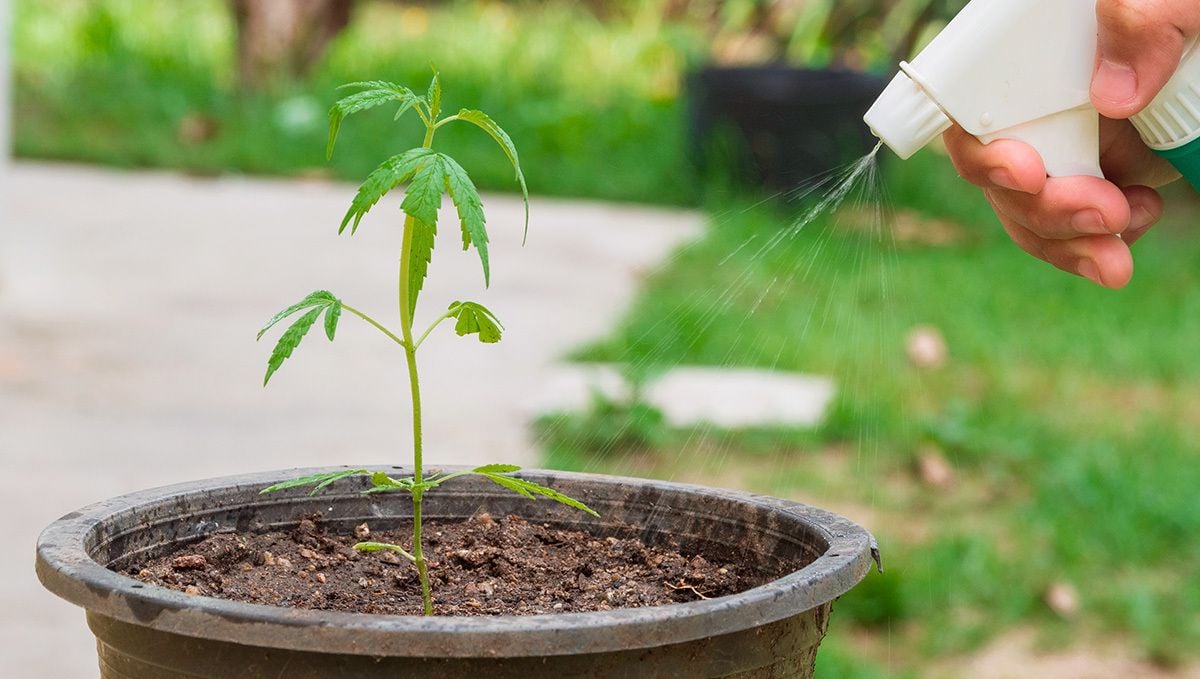
Do not grow plants using super soil alone because it can be a little too much for young plants. Instead, use only 1/4 of the super soil. The recipe for a kilo would be:
- 250 grams super soil
- 500 grams coco peat
- 250 grams organic gardening soil
You can also add liquid fish extracts when the autoflowers are in the vegetative phase from time to time. However, stop using fish extracts or anything high in nitrogen once the plants reach the flowering phase.
Just make sure that you spread the super soil at the bottom and layer that with the gardening soil and coco peat. This way, young plants will have a chance to spread their roots and become stable before they come in contact with the super soil. Since super soil is so rich in nutrients, young plants may burn at times. Yes, it’s possible to burn young seedlings even if you grow organically!
Pros and Cons of Building Your Very Own Super Soil
As with many aspects of any type of gardening (and life in general, for that matter), you get out what you put in. A little bit of hard work and elbow grease at the start of the process can go a long way in producing a final product you are pleased with. When considering super soil, the pros far outweigh the cons.
Pros
- You will reduce the need for synthetic fertilizers, which are not great for the environment.
- Creating your own super soil blend grants you total control over what your plants are fed.
- Organically grown cannabis offers a quality of smoke like no other.
- Super soil is sustainable, environmentally friendly, and can be recycled multiple times.
- Using a super soil mix takes away a lot of the hard work during the growing process. There is no need to constantly check the pH and EC or TDS.
Cons
- Super soil preparation is not a quick task, but if you have the time you will be rewarded in the long run.
- Creating your own super soil mix will cost more than simply buying a store-bought mix
Ok, so we've gone over why organic cultivation is a great option for growing gorgeous, tasty plants - but there is another option to consider- Hydroponics.
4. Hydroponic Cannabis Cultivation
Hydroponic cultivation refers to the practice of growing plants without soil as the main substrate but instead using a mineral-rich, pH-balanced nutrient solution to feed your crop. The roots of the plant are either suspended directly in the nutrient solution itself or supported by other mediums such as coco coir, perlite, Rockwool, and clay pellets.
What are the advantages of hydroponic cultivation practices?
There is a range of reasons why hydroponics have become the go-to for many weed growers, from hobby home growers all the way up to commercial farmers. The first major benefit of hydroponic cultivation is the speed at which your plants can grow. Because you are providing a very nutrient-rich solution to the plants, they are able to absorb and use it faster than if they were in an organic substrate. This makes hydroponics a perfect solution for autoflowering growers. Autos have a finite vegetative growth period, and with hydroponics, you are able to provide enough nutrients for faster vegetative growth, which will result in bigger yields.
The second major benefit is the fact that you can control your plants' environment with much more precision than if you were growing in soil. You can create a perfectly pH-balanced nutrient solution that is tailored specifically to your plant's needs, which helps to prevent nutrient deficiencies and maximize yields.
The third major benefit is that hydroponic cultivation uses much less water than soil-based cultivation does, which means you can save money on your water bill. Hydroponic environments are cleaner and offer better protection against pests and diseases. This allows for a much more consistent crop, with less risk of problems. Finally, hydroponics is ideal for auto-flowering strains. Autoflowering strains are very sensitive to changes in their environment, and hydroponic cultivation allows you to easily provide the exact parameters required for optimal growth.
How about disadvantages?
The main disadvantage of hydroponic cultivation is the cost. The equipment required for a successful hydroponic setup can be quite expensive, which may be prohibitive for home growers. There is also a learning curve associated with hydroponic cultivation, as the parameters need to be strictly monitored and adjusted for optimal growth. And then there is the terpene profile. Hydro-grown weed will never reach the terpene-rich peaks of pure organic buds, but that's not to say it won't still taste great. It will just be a little less stanky than perfectly grown organic bud.
Is there a medium that offers the best of both worlds?
Yep, there sure is! Coco-coir is a great medium that offers the best features from both organic and hydroponic cultivation practices. It's an inert material - so, like hydroponics, you need to feed the substrate with the nutrients your plants need. This allows for full control over the nutrient regime the crop is feeding from.
But, unlike most forms of hydroponics, there is no huge learning curve involved. Coco-coir is also much cheaper than most hydroponic systems, making it an ideal choice for home grow operations. Coco-coir also retains more water and oxygen than many other grow mediums, meaning there is less stress on the root zone and it's easier to maintain a healthy environment for your plants.
So, which option should you choose?
Well, that's really up to you. If you are new to the growing game, we definitely suggest making the process as simple as possible to boost your chances of success. There's a huge range of cannabis-specific soil mixes available these days, and they take a lot of the guesswork out of the process. If you are wanting a little more control, then check out coco-coir.
5. In Conclusion
That’s about it. There’s nothing more you need to do if you’re growing autoflowers organically. The tough part is creating the super soil, but you can also grow autoflowers using regular compost and gardening soil available in the nurseries. Considering that autoflowers grow quickly, you’ll be harvesting organic cannabis in just under 3 months!







